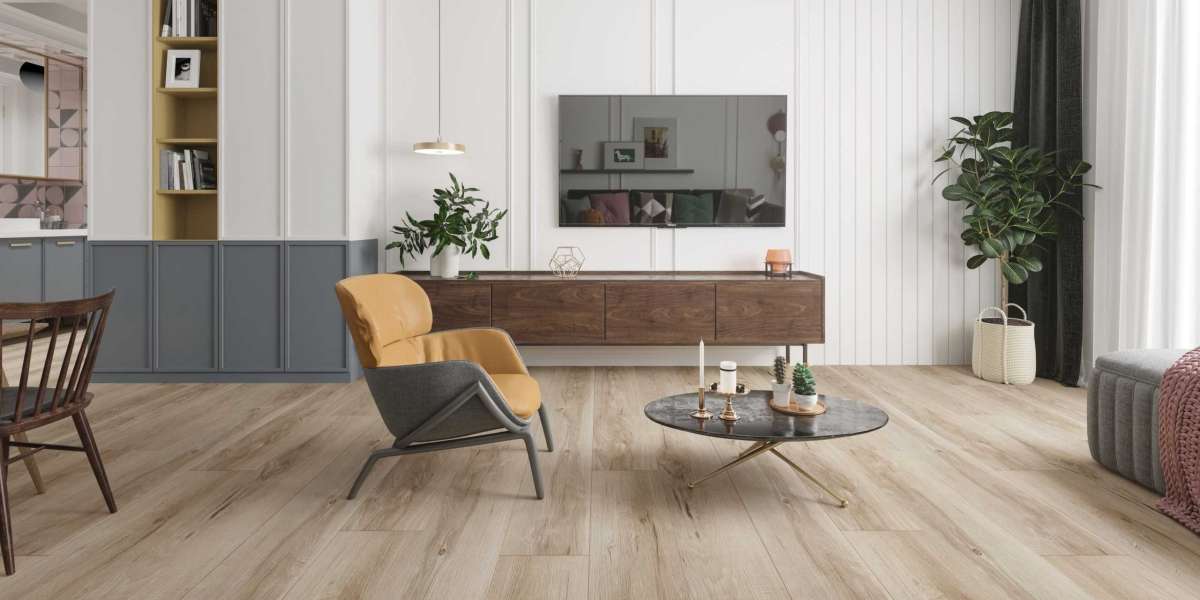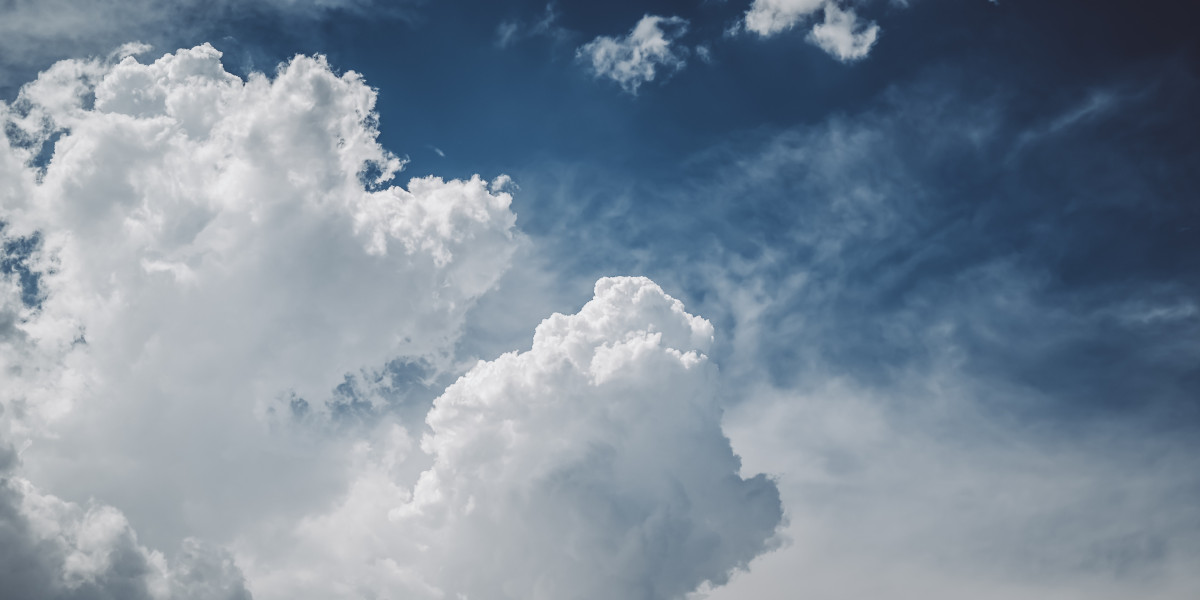Vinyl flooring is a popular option for flooring not only in residential settings but also in commercial settings due to the fact that it is affordable, long-lasting, and versatile. Vinyl flooring, like any other type of flooring material, does, however, require routine maintenance in order to ensure its longevity for many years to come. In this comprehensive guide, we will discuss how to clean and repair vinyl flooring so that it maintains its "new" appearance over time.
First, we will discuss how to clean vinyl flooring.
Sweep or Vacuum:Start by sweeping or vacuuming the vinyl flooring to remove any dirt and debris that may be loose on the surface
After saturating a mop with the solution, squeeze as much excess water out of it as possible
Then, give the mop a final rinsing in clean water and squeeze out any excess liquid
Dry: After installing the vinyl flooring, you can either let it air dry or dry it with a clean towel
It is best to avoid using a steam mop on the floor because the heat and moisture it produces can cause damage
Part 2: Removing Stains from Vinyl Flooring Spills: If you spill something on your vinyl flooring, make sure to clean it up as soon as possible to prevent the spill from becoming stained.
After blotting the spill with a clean, damp cloth, make sure the area is completely dry.
Stains: To remove stains that are particularly difficult to remove, make a cleaning solution by combining water and white vinegar in equal parts. After applying the solution to the stain, you should wait a few minutes before removing it. Scrub the stain using a brush with soft bristles, and then rinse with clean water to remove any residue.
Buildup of Wax If you have vinyl flooring that has been waxed in the past, there is a chance that a buildup of wax will occur over time. To eliminate the accumulation, prepare a solution consisting of ammonia and warm water. Apply the solution to the floor with a mop, and after it has had some time to soak in, let it sit for a few minutes. Scrub the flooring with a brush that has soft bristles, and then rinse it with clean water once you're finished.
Scratches can appear on vinyl flooring over time, which is covered in the following section on how to repair those scratches.
Use a vinyl floor repair kit in a color that is similar to the color of your flooring in order to fix any minor scratches. After applying the vinyl repair solution to the scratch, use a putty knife to smooth out the area and finish the repair. It is important to follow the instructions provided by the manufacturer when allowing the solution to dry.
Tears: If your vinyl flooring has a tear in it, you can repair it with a vinyl patch kit if it's a tear in the surface. Make sure the patch is slightly larger than the tear in the vinyl flooring, and cut it from the same type of vinyl as the tear. The patch should be firmly pressed onto the flooring with a rolling pin, and then it should be left to dry afterward.
Apply heat from the heat gun to the bubble until the vinyl inside becomes flexible. First, use a putty knife to flatten out the bubble, and then place something heavy on top of the vinyl to weigh it down while it is still warm so that it can cool and harden.
Part 4: Protecting Vinyl Flooring from Accidental Damage
Use Furniture Pads:It is recommended to use furniture pads to protect the vinyl flooring from being scratched or dented by the legs of furniture.
Take Off Your Shoes: If you want to protect your vinyl flooring from scratches caused by dirt and debris, encourage your family, friends, and guests to take off their shoes before entering your home.
Utilize Rugs: Install rugs in high-traffic areas to protect the static conductive vinyl floor tile from being worn down by foot traffic.
Part 5: Conclusion
Vinyl flooring is an option for flooring that is both resilient and versatile, and it can last for years if it is properly maintained and cared for. The flooring can be protected from stains and damage if it is regularly cleaned, and any spills should be cleaned up immediately. When repairing vinyl flooring, it is essential to match both the color and the type of the flooring in order to ensure a repair that is invisible to the naked eye. Utilizing furniture pads, removing shoes prior to entering the building, and positioning rugs in high-traffic areas are all effective ways to protect vinyl flooring from being scratched or dented.
It is essential to keep in mind that various kinds of vinyl flooring may call for different kinds of cleaning and upkeep in order to keep them looking their best. For instance, luxury vinyl flooring and sheet vinyl flooring are likely to call for different types of cleaning solutions. Always refer to the instructions provided by the manufacturer for recommendations regarding cleaning and maintenance.
It is recommended that your vinyl flooring be professionally cleaned once every one to two years, in addition to the routine cleaning and maintenance that you perform on it. Regular cleaning may not be able to remove the dirt and grime that has become embedded in hard-to-reach areas, but professional cleaning can.
In conclusion, vinyl flooring is a well-liked and budget-friendly option for flooring that, if cleaned and maintained correctly, has the potential to last for many years. Your vinyl flooring's lifespan can be extended through maintenance practices such as routine cleaning, the immediate cleanup of any spills, and the prevention of damage. When in doubt, you should always consult the instructions provided by the manufacturer or a trained professional for guidance on how to clean and repair your vinyl flooring.








